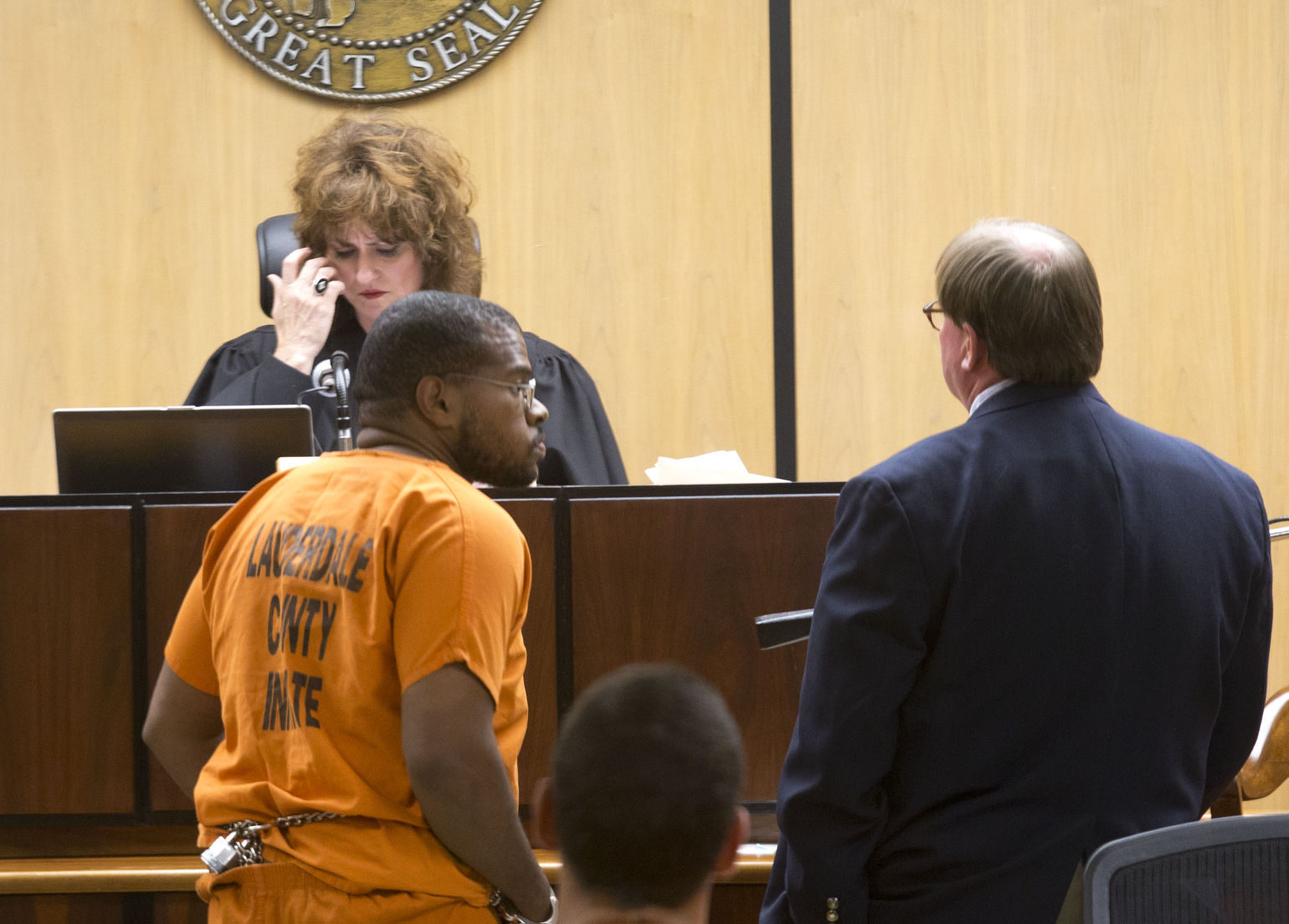


His iconic look, plus the personality and humor he exudes, changed the way we look at killer clowns forever. Originally created for a pair of bloody shorts, the character made his feature-length debut in Leone’s 2013 hit All Hallows’ Eve. The release of Terrifier 2 in theaters on October 6 will mark the fifth on-screen appearance of Art the Clown.

It was also nominated for three Fright Meter Awards, with David Howard Thornton taking home Best Actor.įollowing its release via Dread in 2016, the film and its eccentric lead quickly found their way into the heart of pop culture. Terrifier would go on to be nominated for three awards at the Fangoria Chainsaw Awards, including Best Limited Release and Best Supporting Actor. The film first premiered at the Telluride Horror Show Film Festival in 2016 and was screened at the Horror Channel FrightFest in 2017. Out for a bit of fun on Halloween night, Art sets his sadistic sights on terrorizing a young girl ( Samantha Scaffidi ), leaving a pile of bodies in his wake. You can watch Terrifier on SCREAMBOX now!įrom Writer/Director Damien Leone ( All Hallows’ Eve ), 2016’s ultra-gory slasher broke new ground in the horror community and introduced the world to the demonic killer, Art the Clown, played by David Howard Thornton.
#Jonothon earman arrest records series
We remember the great Jonathan Demme with a series of behind the scenes shots from the set of The Silence of the Lambs, which will hopefully make you smile just a little bit today.Ĭinedigm, in cooperation with Dread, announced today that Art the Clown is giving fans something new to scream about as the cult-horror classic Terrifier heads exclusively to the Bloody Disgusting-powered SCREAMBOX SVOD streaming platform today, September 1. He also worked with musicians like the Talking Heads, UB40, Chrissie Hynde, New Order, Bruce Springsteen, Neil Young and Justin Timberlake on various videos, docs and concert films.ĭemme is survived by his wife Joanne Howard and their three children. Other notable films on Demme’s resume as a director include The Truth About Charlie, The Manchurian Candidate, Rachel Getting Married and most recently, Ricki and the Flash. Of course, he achieved the pinnacle of his success in the early 1990s with both The Silence of the Lambs and Philadelphia, released just two years apart – the latter film nabbed two gold statues in the wake of the former’s Oscars takeover. We’re incredibly sad to report today that Jonathan Demme has passed away at the age of 73, after an extended battle with esophageal cancer and complications from heart disease.ĭemme’s incredible career as a director began in the 1970s with films such as Caged Heat, Crazy Mama, Fighting Mad and Handle With Care. Director Jonathan Demme, for his masterful work on the film, also took home a well-earned Best Director statue. The critically acclaimed film famously swept the ’92 Academy Awards, nabbing the Oscars for Best Picture (the only horror film to date to ever receive that honor from the Academy), Best Actor, Best Actress and Best Adapted Screenplay. Margherita’s research interests lie in epistemology and the philosophy of science, with a special focus on modelling under uncertainty, robustness analysis and climate science.Released in 1991, The Silence of the Lambs is unquestionably one of the most important horror films ever made. Margherita Harris is a visiting fellow at LSE Philosophy, where she also completed her PhD. By making these assumptions explicit, I will show that Schupbach’s account of RA is inapplicable to many cases of model-based RA’s, contrary to what has been assumed in the literature. I will argue that the application of Schupbach’s account to model-based RAs is considerably more complicated than he and others (such as Winsberg (2018)) suggest and relies on several non-trivial and often dubious assumptions. 297), since when we arrive at this claim, he and I decisively part ways. The subject of this talk, however, is Schupbach’s further claim that his account of RA ‘applies to model-based RAs just as well as it does to empirically driven RAs’ (ibid. Indeed, by having ‘as its central notions explanation and elimination’ (ibid., 286), this account seems to fit very nicely with many empirically driven cases of RA in science, thereby revealing why these cases are able to lend confirmation to a hypothesis. Schupbach’s recent explanatory account (2018) of robustness analysis (RA) is a welcome attempt to do so. The Bayesian should have something to say about the logic underpinning this method of confirmation. In science, obtaining a “robust” result is often seen as providing further support for a hypothesis.

Margherita Harris (LSE): “Model Robustness: Schupbach’s Explanatory Account of Robustness Analysis to the Rescue?”


 0 kommentar(er)
0 kommentar(er)
